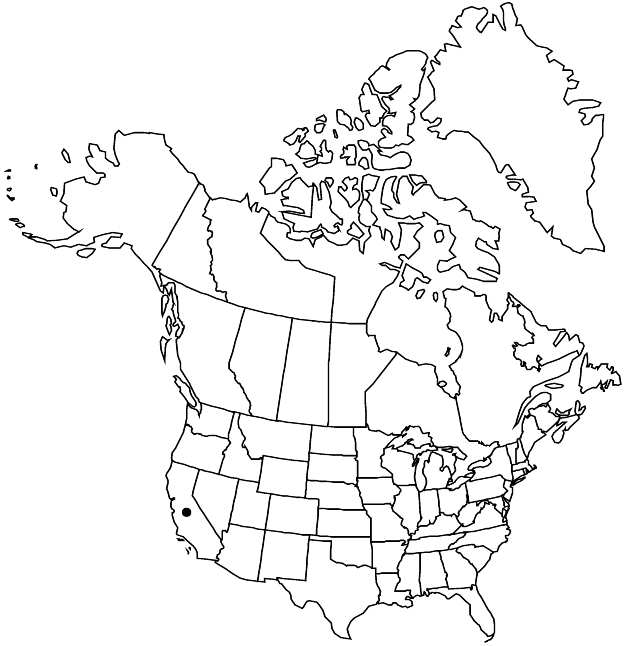Eriogonum wrightii var. membranaceum
Fl. Calif. 1: 416. 1914.
Subshrubs, 2–4(–5) × 3–6 dm, mostly thinly tomentose. Leaves: petiole bases forming distinct ring around stem; blade elliptic, 0.2–0.6(–1) × 0.1–0.3(–0.4) cm. Inflorescences virgate or cymose; branches usually slender. Involucres 2–3 mm. Flowers 3–4 mm; perianth white to pink or rose. Achenes 2.5–3 mm.
Phenology: Flowering Jul–Oct.
Habitat: Gravelly to rocky soils, chaparral communities, oak and conifer woodlands
Elevation: 300-2200 m
Distribution

Calif., Mexico (Baja California).
Discussion
Variety membranaceum is a basically Mexican taxon that barely enters the flora area (southwesternmost Kern, western Imperial, Los Angeles, western Riverside, southeastern San Bernardino, San Diego, and southern Ventura counties). The ring-like petiole bases that surround the node are distinctive, being seen otherwise only in some of the perennial species of Chorizanthe in Chile. Ringed-stem bastard-sage is occasionally planted as an ornamental; it is particularly attractive to honey bees. The variety is related to both var. dentatum (S. Stokes) Reveal and var. taxifolium (Greene) Parish of Baja California, Mexico.
Selected References
None.